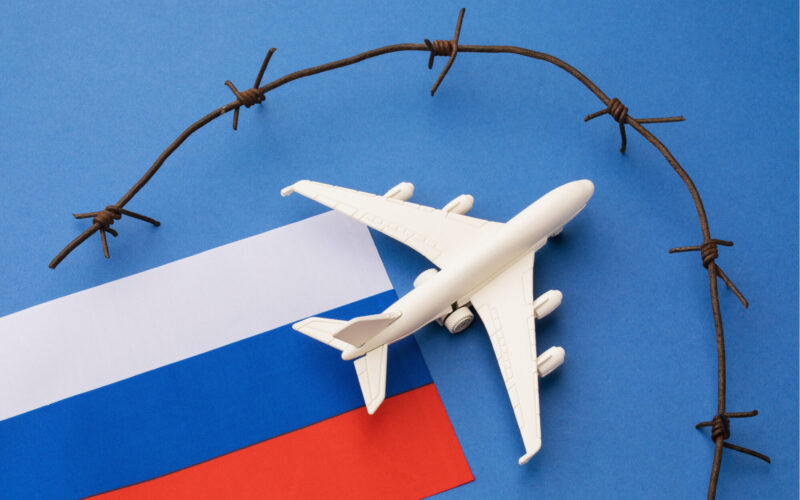Avolon’s chief executive has been nervous about Russia for years. That’s why the lessor kept its exposure to the country small and has come away relatively unscathed from the current sanctions.
“The good news from our perspective is that our net exposure relative to the size of our balance sheet was in the headache, not the migraine zone,” Domhnal Slattery told an online webinar hosted by Eurocontrol on April 28, 2022.
European lessors have had to halt contracts with Russian airlines to comply with sanctions after Russia invaded Ukraine. However, Russia has kept planes in the country and re-registered them in contravention of international agreements.
“It is indeed a fundamental breach,” Slattery said. “They’ve effectively nationalized the fleet. I would use the word “stolen” our assets.”
Avolon had 14 aircraft on lease to Russian operators and has managed to repossess four of them.
“I’ve been in the business 33 years and I’ve always been nervous about Russia and the geopolitical risks there,” Slattery explained. He said Russian airlines were excellent customers and always paid on time, even during the COVID-19 pandemic, but that Avolon’s strategy was to keep its Russian portfolio small.
Read More: Data shows Russia has re-registered 360 aircraft after sanctions
Like other lessors, Slattery is expecting the Russia situation to reverberate around the aircraft insurance market.
Avolon believes its aircraft are fully insured and will be pursuing the appropriate claims “in due course”, Slattery announced.
It will be “a really interesting and bumpy ride” between the lessors and the insurance market, Slattery predicts. He also expects insurance rates will go up for lessors and airlines, while policy terms and conditions will be reviewed, and some forms of insurance won’t be offered in the future.
Lessors will also have to figure out their attitude to financing aircraft in emerging markets, Slattery said, predicting risk premiums will increase.
Electric ambitions
Slattery is also chairman of Vertical Aerospace, which is developing the VX4 electric vertical takeoff and landing (eVTOL) aircraft.
Slattery expects the first eVTOLs will be flying in late 2024 with small numbers around in 2025 before around five years of production ramp-up.
“By the start of the next decade, they won’t be quite ubiquitous but will feel more normal than science fiction,” he said. With many companies currently competing in the market, Slattery predicts there will be consolidation and failures.
Infrastructure will be a big part of the puzzle, Slattery said, highlighting landing sites and charging points. Some cities, such as Osaka and Sao Paulo already have a headstart, though, because they have a lot of helipads.
When it comes to the debate on autonomous versus piloted eVTOLs, Vertical Aviation is starting with pilots.
“Our view right now is that it will be a massive hurdle for the regulators to authorize an autonomous eVTOL with passengers in the back,” Slattery said. “I think we’re 10 or 15 years away from the regulators getting comfortable with autonomous eVTOLs.”
Slattery adds that it will also be a while before passengers themselves are comfortable with the idea of pilot-less aircraft.
“For our children’s children it will be de rigueur,” he predicts.

